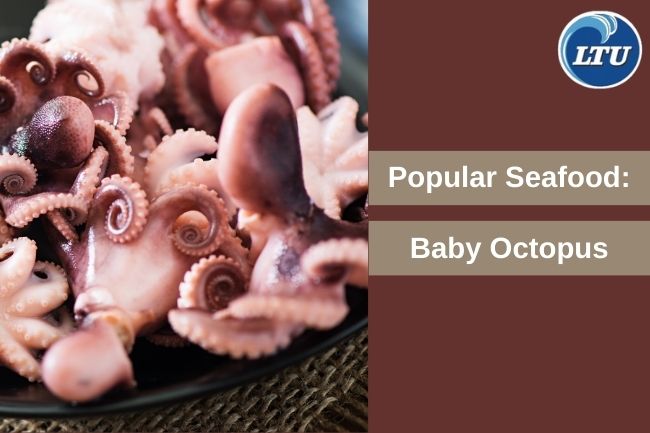8 Ways of Tuna Catching Methods
By. Nevanda - 08 Sep 2023
lauttimur.com - Tuna are highly sought-after fish and are caught using various methods, depending on the species of tuna and the location of the fishing. From traditional pole and line fishing to technologically advanced purse seining, the techniques employed in capturing tuna not only vary widely but also bear the weight of critical environmental considerations. Some common tuna-catching methods include:
1. Pole and Line Fishing
This is one of the most sustainable methods for catching tuna. It involves using a long pole with a line and a barbless hook to catch individual tuna, mainly skipjack and some yellowfin tuna. This method reduces bycatch and is often used for canned tuna production.
2. Purse Seining
Purse seining is a common method for catching various species of tuna, including skipjack, yellowfin, and sometimes bigeye tuna. A large net is used to encircle a school of tuna, and then the bottom of the net is "pursed" or drawn closed like a purse, trapping the fish inside. This method is often used for canning tuna.
Read also: The Annual Journey of Salmon
3. Longlining
Longlining involves setting a long line with baited hooks, which can be several miles in length, to catch tuna species such as bigeye, yellowfin, and albacore. Longlining can result in bycatch, as other species may also be caught, but modifications have been made to reduce this impact.
4. Trolling
Trolling involves dragging baited hooks or lures behind a moving boat. This method is used to catch several species of tuna, including yellowfin and bigeye. Trolling is often employed by sport fishermen and commercial vessels.
5. Handline Fishing
Handline fishing is a traditional method that uses a single line with a hook, which is operated by hand. It is often used for catching small quantities of tuna, and it is considered more sustainable than some other methods.
6. FAD Fishing
Fish aggregating devices (FADs) are floating structures deployed in the ocean to attract tuna and other fish. Once the tuna are concentrated around the FAD, various methods like purse seining or trolling are used to catch them. FADs can be controversial due to their impact on other marine species and ecosystems.
Read also: Quick and Delicious Shrimp Cocktail Recipes
7. Harpoon Fishing
This method is used to catch large tuna, such as bluefin tuna. A harpoon with an explosive head is thrown or shot at the tuna when they surface. It's a selective method but requires skill and precision.
8. Trap and Pot Fishing
Some artisanal fisheries use traps and pots to catch smaller species of tuna. These are typically smaller-scale operations and are often used for local consumption rather than commercial purposes.
It's important to note that the sustainability of tuna fishing can vary depending on the method used and the practices employed. Overfishing and bycatch are significant concerns in tuna fisheries, and efforts are being made to promote sustainable tuna fishing practices, such as using more selective gear, reducing bycatch, and implementing catch limits.
Read also: Delicious Shrimp Gumbo Recipe to Try at Home








